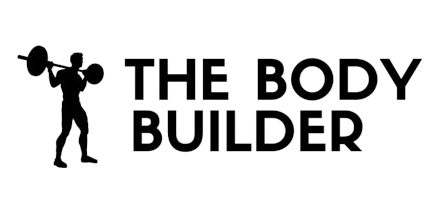Reverse Hyperextension
Reverse Hyperextension is a strength exercise designed to target the muscles in the lower back and glutes. It requires you to place your feet between the pads and lay on the top pad while grasping the handles to hold your position. To complete the exercise, you must flex the hips and pull the legs forward, then reverse the motion by extending the hips and kicking the leg back, avoiding over-extension. Once you have completed the motion, you repeat for the desired number of repetitions. This exercise is great for strengthening and toning the lower back and glutes.
Type:
Strength
Muscles Used:
Hamstrings
Level:
Beginner
Equipment:
Machine
Benefits Of This Exercise
- Strengthens and tones the lower back and glutes
- Improves posture and balance
- Increases flexibility in the hips and lower back
- Improves core stability
- Reduces risk of lower back injury
- Helps to improve sports performance
Step by Step Instructions For Reverse Hyperextension
- Load an appropriate weight onto the machine.
- Position yourself on the machine by placing your feet between the pads.
- Lie on the top pad, making sure your hips hang off the back of the machine.
- Grasp the handles firmly to hold your position.
- To start the exercise, flex your hips and pull your legs forward.
- Reverse the motion by extending your hips and kicking your leg back.
- Be careful not to overextend your hip during this movement. Stop just short of your full range of motion.
- Return to the starting position by flexing your hip and pulling the carriage forward as far as you can.
- Repeat the exercise for the desired number of repetitions.
Warm Up Tips
- Start by placing your feet between the pads and loading an appropriate weight.
- Lay on the top pad, allowing your hips to hang off the back.
- Grasp the handles to hold your position securely.
- Flex your hips and pull your legs forward to begin the movement.
- Reverse the motion by extending your hips and kicking your leg back.
- Be careful not to over-extend your hip and stop short of your full range of motion.
- Return to the starting position by flexing your hip and pulling the carriage forward.
- Repeat the exercise for the desired number of repetitions.
Reverse Hyperextension Safety Tips
- Make sure to properly load an appropriate weight before starting the exercise.
- Position your feet securely between the pads to ensure stability during the exercise.
- When laying on the top pad, ensure that your hips are hanging off the back and your body is in a straight line.
- Grasp the handles firmly to maintain a stable position throughout the exercise.
- Before starting the movement, engage your core muscles to provide support for your lower back.
- When flexing the hips and pulling the legs forward, do it in a controlled manner to avoid jerking or sudden movements.
- During the motion of extending the hips and kicking the leg back, be cautious not to over-extend and stop short of your full range of motion.
- Maintain proper form and alignment throughout the exercise to prevent any strain or injury on your lower back.
- Listen to your body and stop the exercise if you experience any pain or discomfort.
- Start with lighter weights and gradually increase the intensity as you become more comfortable and confident with the exercise.
Incorporating Into Other Workouts
Reverse Hyperextension can be incorporated into workouts as follows:
1. Warm up: Start your workout with a dynamic warm-up routine to prepare your muscles for the exercise. This can include activities such as jogging, jumping jacks, or leg swings.
2. Set up the equipment: Find a reverse hyperextension machine in your gym or use a stability ball if one is not available. Adjust the machine to fit your height and load an appropriate weight.
3. Position yourself: Place your feet between the pads and lie on the top pad, allowing your hips to hang off the back. Grasp the handles to hold your position and ensure stability throughout the exercise.
4. Engage your muscles: To begin the movement, flex your hips and pull your legs forward. Focus on using your lower back and glutes to initiate the motion, while keeping your core engaged for stability.
5. Reverse the motion: After pulling your legs forward, reverse the movement by extending your hips and kicking your legs back. Be careful not to over-extend your hips and stop just short of your full range of motion to avoid strain or injury.
6. Repeat the exercise: Return to the starting position by flexing your hips and pulling the carriage forward as far as you can. Repeat the movement for the desired number of repetitions, typically 8-12 reps per set.
7. Rest and recover: Take a short break between sets to rest and recover. Use this time to hydrate and catch your breath before moving on

